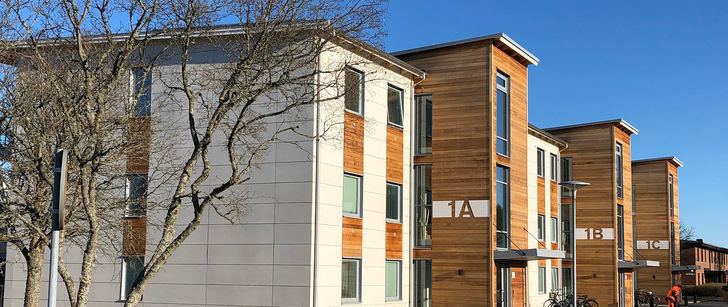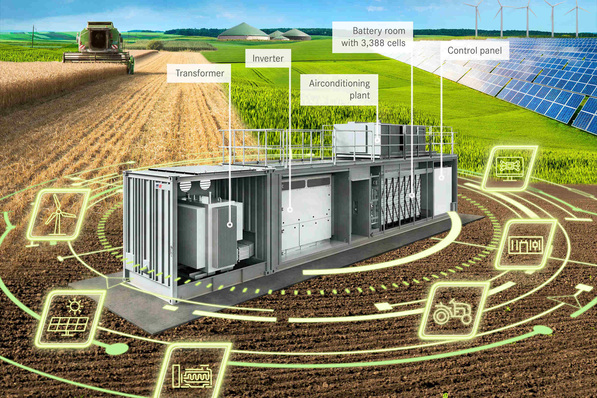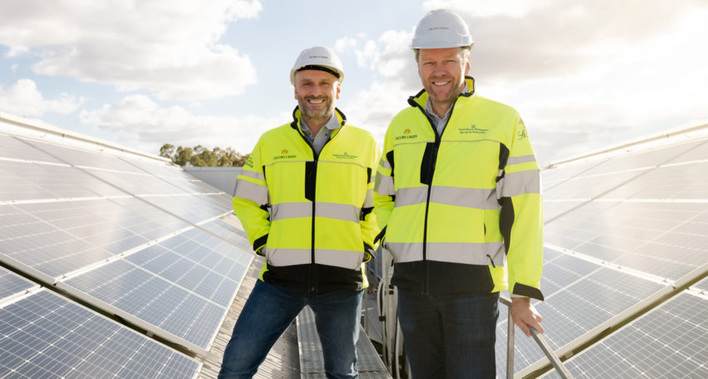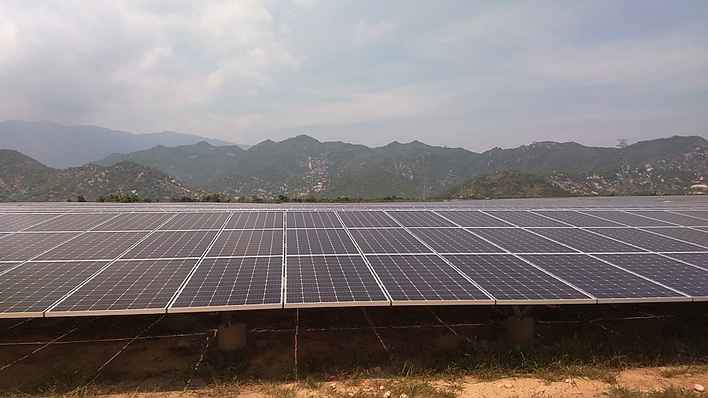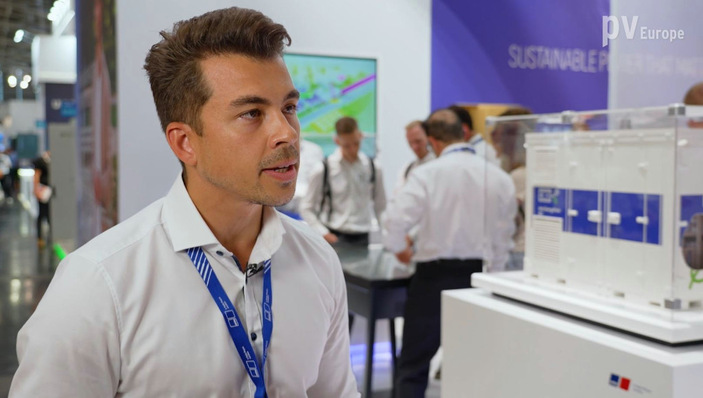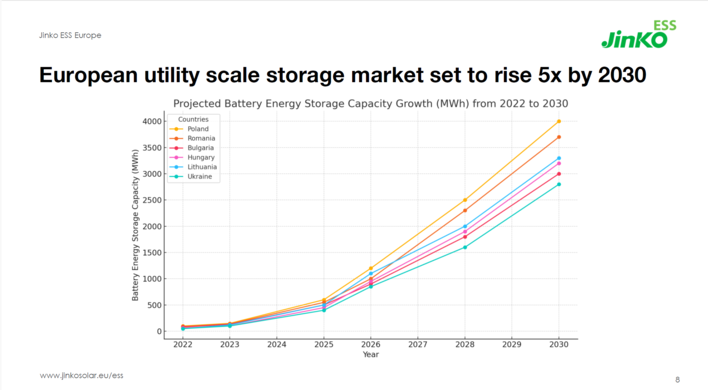In our new segment Topic of the Week, this week we will be delving into the topic of self-sufficiency and how PV can be used to that end:
The Swedish housing estate comprises 172 residential units in six buildings. The aim is to make them self-sufficient for heating, hot water and electricity and as energy-efficient as possible right from the start. At the same time, they should provide comfortable living spaces with modern architecture. Together with the Swedish off-grid experts Nilsson Energy AB, the municipality therefore planned to use hydrogen as an efficient source of energy.
Hydrogen is particularly well suited to countries at high latitudes, where photovoltaic installations yield very little energy in the winter months due to the low angle of incidence of the sun. In the summer, hydrogen can be easily produced in an electrolyser using excess renewable energy and stored in tanks. In the winter, fuel cells can then be used to convert the hydrogen back into electricity for heating in conjunction with heat pumps.
The houses need storage
The annual consumption of one of the project’s buildings is 35,000 kilowatt hours. That includes lighting, lifts, ventilation, hot water production, and heating. In the winter, the project will use a five-kilowatt fuel cell, but this will only cover the baseload. For higher peak loads and to enable the use of solar power during summer nights, the houses need electrical energy storage.
Nilsson Energy AB was responsible for electrification with the hydrogen cycle. Technical Director Hans-Olof Nilsson persuaded the municipal council to opt for Tesvolt. Each of the six buildings will be equipped with a TS 48 V which comes with a storage capacity of 187 kilowatt hours and an output of 54 kilowatts. (mfo)
Click here for Part 2.


